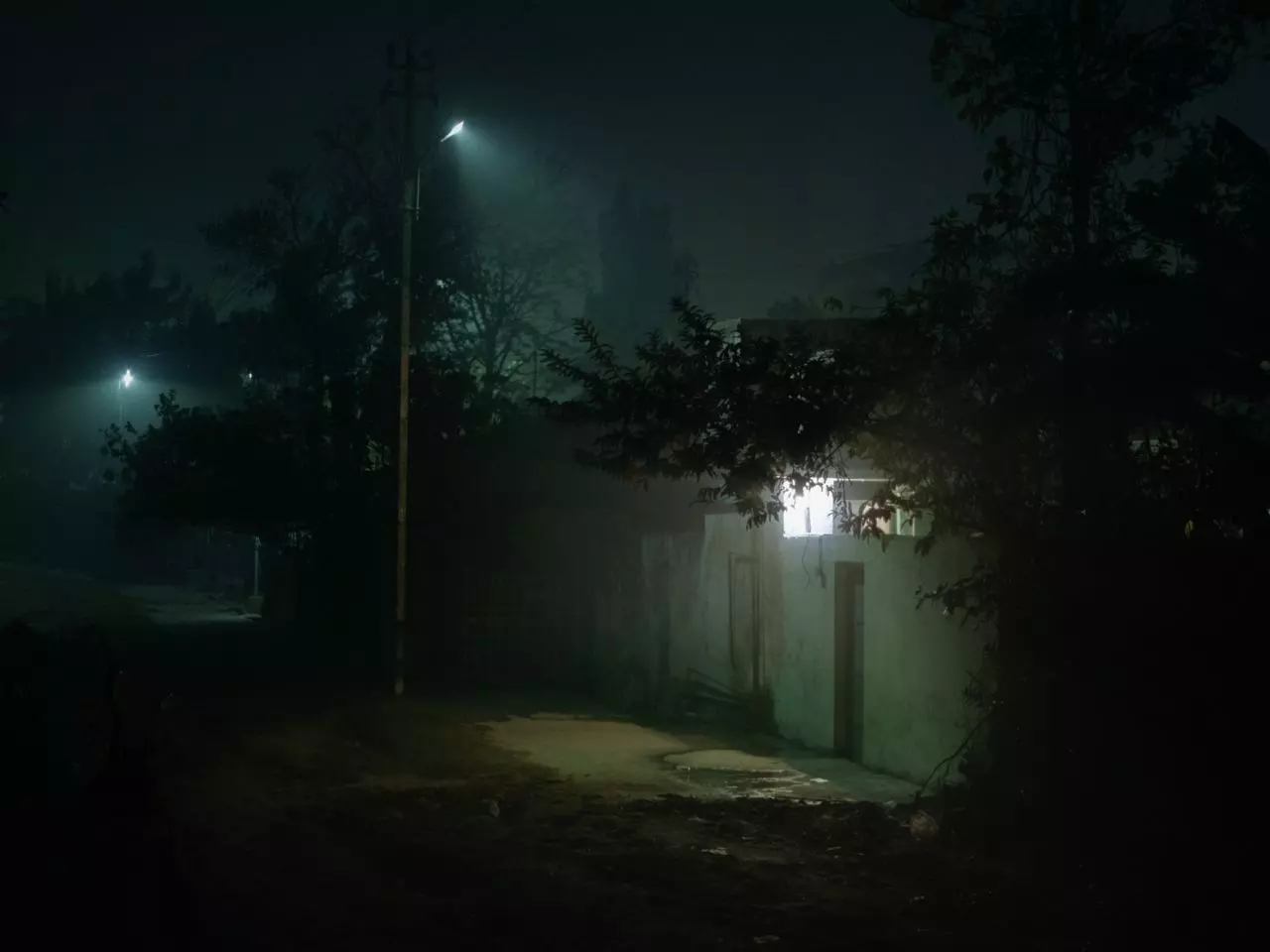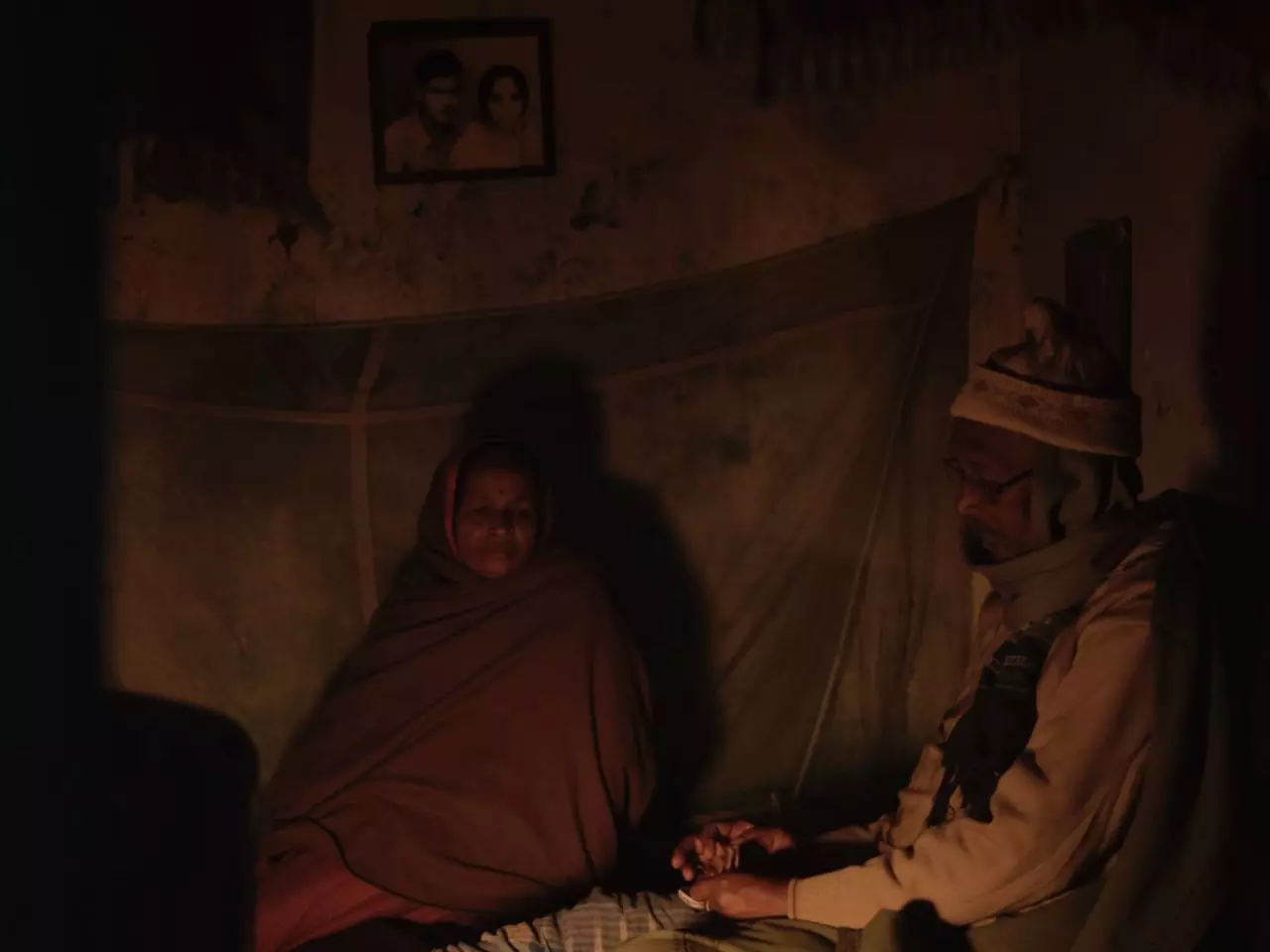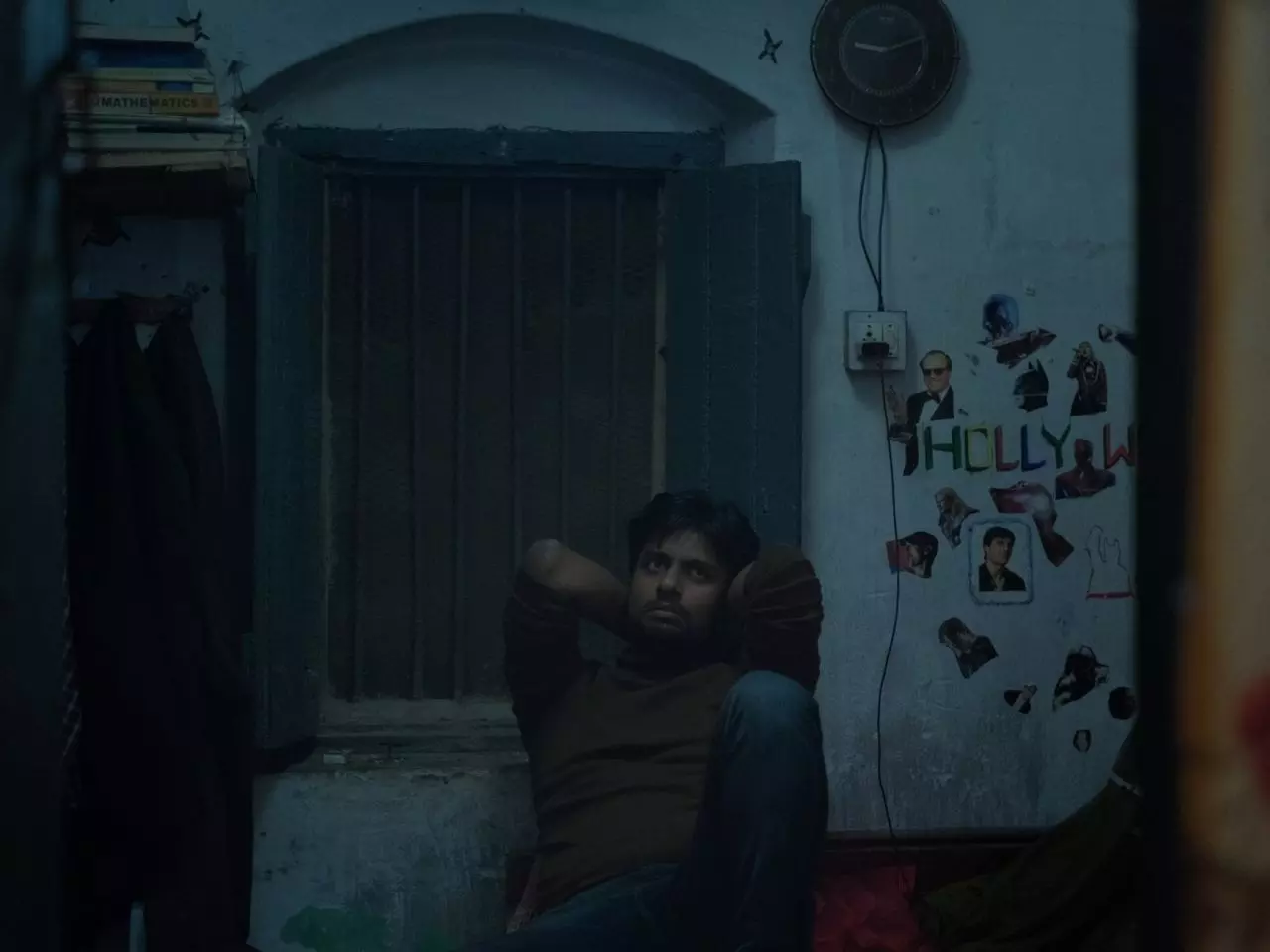MEDIA
Through Achal Mishra's 'Dhuin', a look at Railway quarters' tryst with public art
www.news9live.com | March 28, 2022
What do we mean when we think of 'redefining' the arts? Does it only entail developing new pedagogical methodologies and practising new modes of art creation?
With the column Art & Us, News9 aims at demystifying the arts for the people in order to make them more inclusive and democratic. From attempts to create new art spaces, community-based and individual efforts/initiatives across the arts, to marginal artforms and marginalisation in the arts – the column strives to throw light on the arts in a more democratic sense and in turn, to discover and document the extraordinary within the ordinary.
***
Achal Mishra's debut film, Gamak Ghar featured his ancestral house in Darbhanga. In his second film, Dhuin, the central character, Pankaj lives in a Railway staff quarter allotted to his father. His father has recently retired from service and they will have to vacate soon and find another residence. One of the characters in the film (perhaps Pankaj's father's colleague) says, it is law after all. Pankaj's father nods in agreement.
In both of Mishra's films, homes are central characters. In Gamak Ghar, the presence of the home is more pronounced whereas in Dhuin, home, the physical structure remains in the background although small town Darbhanga which anchors the lives and dreams of Pankaj and his associates can also be read as a visual and symbolic manifestation of home. The film captures the aspirations of small towns, its ennui finds a body and face through the central character, Pankaj who wants to leave but is beset with many challenges.
Pankaj is an aspiring actor who works with a local theatre group. Like many others from small towns who dream to come to Mumbai to chase an acting career, he harbours similar aspirations. The film takes us inside Pankaj's home, the Railway staff quarter situated very close to the Railway station where perhaps his father was employed. In many ways, the Railway quarter is an extension of their lives – humdrum and ordinary. His father uses the courtyard to meet friends while his mother cooks in a dimly lit kitchen. During evenings, the couple watches television together often worriedly discussing the prospects of their son.

Railway staff quarters are allotted according to the designation of the employee. The quarters are usually available at a subsidised rate to offer affordable living to employees. The quarter in the film helps to establish that Pankaj's father was a cog in the wheel, a small man aiding the big system. Their staff quarter is far from the imposing red-brick architecture that one often associates with the Indian Railways.
Amongst other things, Dhuin also made me think about the Railway colony, Railway quarters, stations and their appearance in works of art. The Railway platform is a favourite with filmmakers and artists to capture the hustle-bustle of city life or the quiet of a small town. Having grown up around Railway quarter settlements in West Bengal, the use of this space and the lives of its characters spoke to me intimately. While my father worked in the Railways, we did not live in the Railway quarters. However, my friends did with whom I went to school. In many ways, these settlements seem to resist change.
The world and architecture around them have vastly metamorphosed but the character of these social spaces appear unchanged (at least visually) in their attempt to contain a micro-universe of sorts.
The Railway colony close to our home comprised these settlements and the quarters were allotted according to the rank of the employee which also determined the size of the residence. There was an architectural similarity however. Two rooms, one kitchen and a toilet and bath. Space for the essentials only. Very functional in design, nothing extravagant. If you have seen one, you have seen them all. The officers' quarters though bigger in size followed a similar routine. Only the rooms were more spacious.
The Railway quarter or the Railway station has frequently appeared in painting and photography. I am especially reminded of watercolours that have captured the Railway station and the general ambience of such a location. Railway station walls have turned into open-air galleries sporting interesting graffiti often registering the presence of vibrant workers' union which regularly used the walls to voice their concerns or share their manifesto. These are public spaces after all. Several Railway stations prominently display paintings about their cities or feature local folk art like Madhubani (Madhubani Railway Station) or Cheriyal scroll painting (Secunderabad Railway Station) styles. At Asansol station, there is a permanent display of art made from railway scrap. There are big installations at the entrance of several stations made by local artists. Now is it necessarily good art? Or good public art?
There is a lot said about how these spaces could benefit from the services of a professional curator or an artist employed to oversee these projects instead of bureaucrats making decisions which is the tragedy of public art in India. The exhibition of art on these premises is made with an intention to beautify the surroundings and discourage the defacing of public property. These projects are also critiqued for their lack of aesthetics or finesse in execution.
Having said that, this art is also to be seen in a certain local context. It is the manifestation of a local aesthetic, if I may use that term enabled by local practitioners who depend on such projects for livelihood perhaps. They may not have access to art spaces in the city. Their art may not be good enough to adorn those spaces. Perhaps the station or the area around this establishment is their only available venue to showcase art which is also a statement about lives in the small town and things that seem important to them. This aesthetic is an equally legitimate expression.

Pankaj, when he leaves the small town to pursue his dreams in Mumbai, will perhaps carry the traces of this very local aesthetic in his performance. Perhaps the Railway quarter born local aesthetic will attain artistic acceptance through his work.
***
All stills from Dhuin. Courtesy Achal Mishra.
-Prof. Kunal Ray, Assistant Professor – English Literature.

